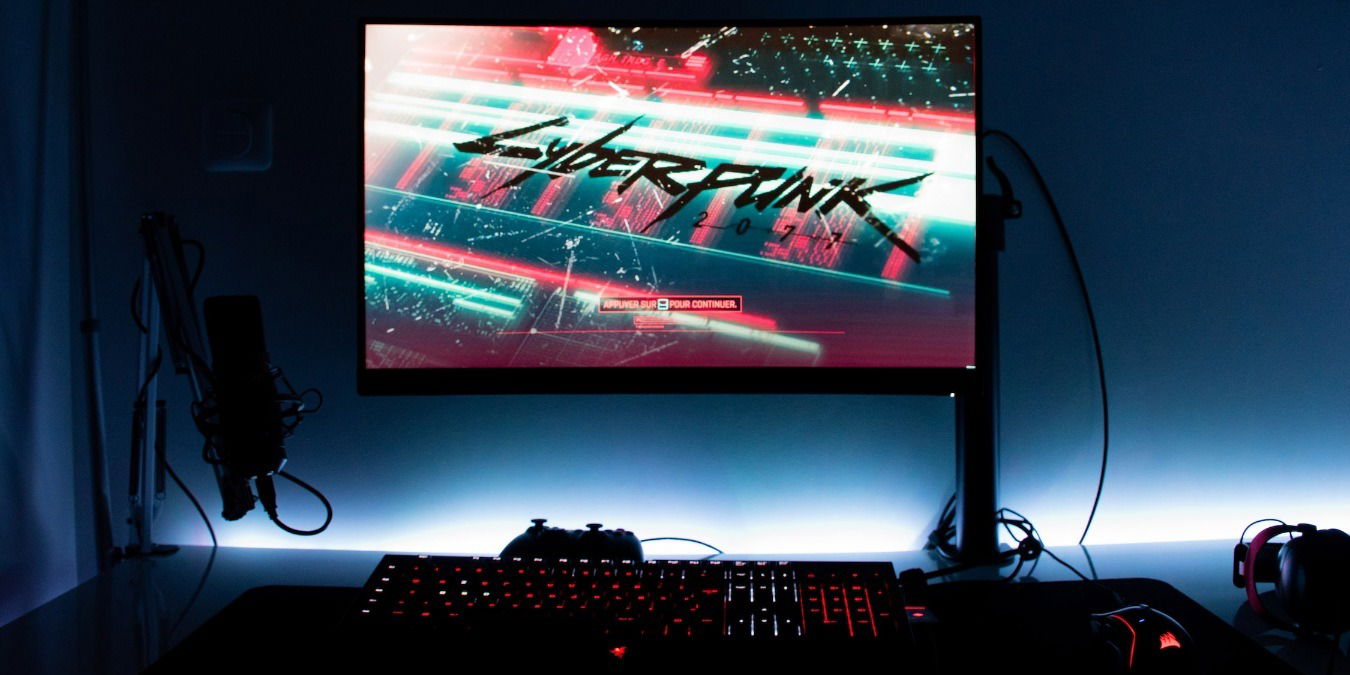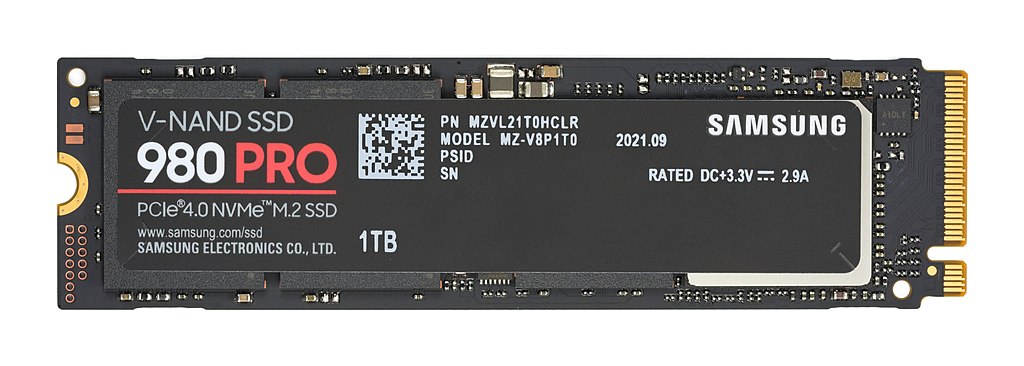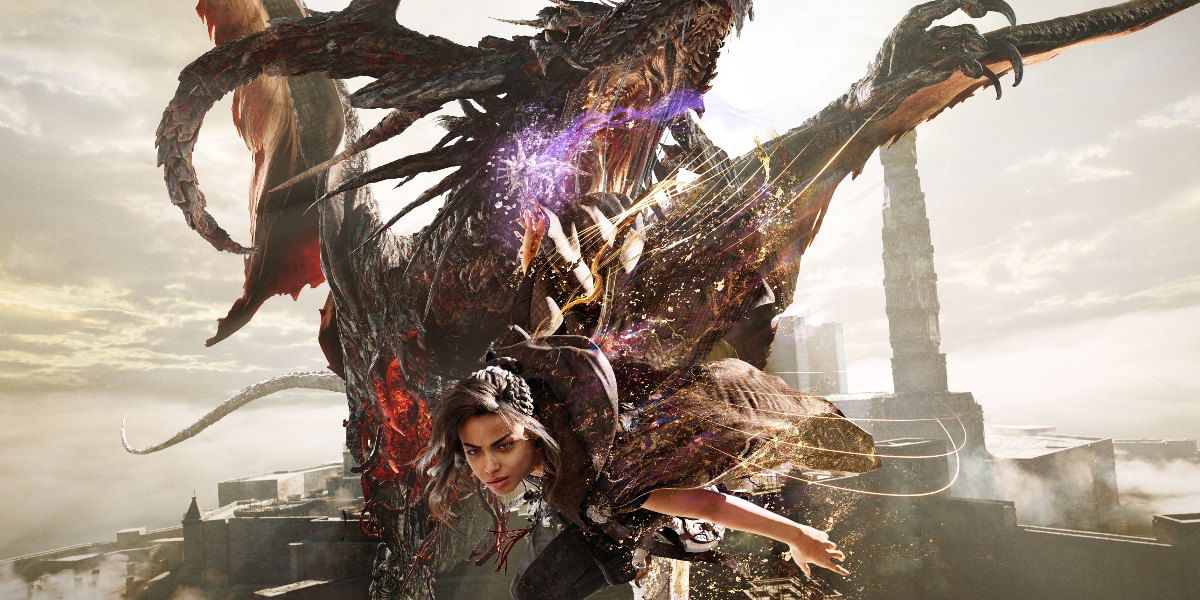
Microsoft announced the release of DirectStorage in early 2022. Promising faster loading times and better performance in games, Direct Storage is one of the main reasons to upgrade to Windows 11. Close on the heels of an updated DirectStorage version in late 2022, it’s time to unpack what this new software is all about and what it means for gamers in 2023 and beyond.
Content
- What Is DirectStorage?
- How Does DirectStorage Work
- What Does DirectStorage Mean for Gamers Today?
- How to Enable DirectStorage in Windows 11
- Can Windows 10 Users Benefit From DirectStorage?
- Frequently Asked Questions
What Is DirectStorage?
DirectStorage is a low-level storage API that enhances the transfer and decompression of game assets from the storage to the GPU. Tracing its roots to the Xbox Series S/X consoles, DirectStorage was created to take advantage of modern high-performance SSDs and complete the migration from slower HDDs. At the same time, game developers have started to optimize games for faster SSDs, and DirectStorage might prove to be a shot in the arm for them.
How Does DirectStorage Work
Game assets like character models, worlds, other graphics, sounds, and more are typically stored in a compressed format to optimize disk space. When you launch a game, it calls these assets from your storage to populate the game world. The traditional flow of these assets begins at storage level, moves to the RAM where the assets are decompressed by the CPU, and finally heads to the GPU where the decompressed assets are transferred to be rendered.
 Image source:
Image source:
Wikimedia Commons
Slower HDDs weren’t capable of handling multiple IO (input/output) requests, so game developers have been optimizing games to load large amounts of assets all at once. This limits the degree of detail that can be crammed into open worlds and necessitates tricks like adding long hallways to disguise loading times. Modern SSDs, on the other hand, especially NVMe drives, can handle even tens of thousands of IO requests per second. This enables game developers to optimize games for SSDs, so that games can request a smaller number of assets from the storage but do it more often.
Tip: check out this list of tips meant to optimize your Windows 11 PC for gaming performance.
Important Improvements
DirectStorage improves two key stages of the asset flow discussed above. First, it improves the data transfer from storage to memory. DirectStorage 1.0 leverages Windows 11’s improved IO stack to help games take advantage of the higher bandwidth of modern PCIe 4.0 and PCIe 5.0 NVMe SSDs and SATA SSDs. Secondly, with DirectStorage 1.1, the asset decompression part of the process is also made more efficient by using the GPU instead of the CPU. It turns out that GPUs are incredibly adept at running repeatable tasks in parallel.
 Image source:
Image source:
Unsplash
Both these improvements combine to deliver faster asset loading times and allow developers to render incredibly intricate open worlds much faster than ever before.
The Xbox Series S/X and the PS5 consoles have already seen considerable performance jumps by shifting asset decompression from the CPU to the GPU. An added benefit is the additional CPU bandwidth that’s freed up that can be used for other game processes. It seems that PC games are slated to receive similar performance benefits as developers start taking advantage of DirectStorage in the next few years.
What Does DirectStorage Mean for Gamers Today?
All this talk of next-gen loading times and unprecedented open worlds probably makes you wonder – where are the games? While it’s true that currently there’s just one game (Forspoken) that supports DirectStorage, more and more games will start to be designed around it. It won’t be another two to three years, though, before gamers start seeing a significant number of DirectStorage titles.
 Image source:
Image source:
Square Enix
So what does this mean for you today? Should you start preparing your gaming rig by getting one of the best PCIe 5.0 gaming motherboards and a high-end Gen4 or Gen5 SSD?
If you’re building a new gaming PC this year, you’re probably going to want to invest in the latest platform from Intel or AMD. That means either the Ryzen 7000 CPUs, Intel’s 12th/13th Gen CPUs, or whatever comes next from Team Red or Team Blue. Either way, you’re going to be covered on the CPU and motherboard fronts. Coming to the storage department, any Gen4 or Gen5 SSD you choose will be more than enough to realize the benefits of DirectStorage when they eventually arrive.
 Image source:
Image source:
Wikimedia Commons
On the other hand, if you’re not upgrading for a few more years, you’re not really losing out on anything either. By the time we start seeing more DirectStorage-supported games, you can assess the market and decide whether an upgrade makes sense for you based on the hardware and games of that time.
In summary, you don’t need to take any immediate action as far as the impact of DirectStorage is concerned. But you can rest assured that PC gaming will start to look and feel much different in just a few more years.
Tip: did you turn HDR on in Windows, and it looks bad? Learn what you can do about it.
How to Enable DirectStorage in Windows 11
Microsoft ships DirectStorage with Windows 11 by default. Hence, if you’ve already upgraded to Windows 11, you don’t need to manually enable any setting to make use of DirectStorage. However, make sure your Windows installation is updated and that you’ve installed the latest drivers for your GPU. Having the latest software will ensure that you never miss out on any upgraded DirectStorage features or versions.
Can Windows 10 Users Benefit From DirectStorage?
According to Microsoft, DirectStorage will run not just on Windows 11 but on Windows 10 as well. Even if you’re using Windows 10 and don’t want to move to Windows 11, you can still benefit from DirectStorage. It’s important to note that you’ll still get the maximum performance benefits on Windows 11 due to its more advanced storage stack. DirectStorage was built with Windows 11’s advancements in mind and will be introduced later to Windows 10.
Good to know: if you’re feeling nostalgic, this is how you can make Windows 11 look more like Windows 10.
Frequently Asked Questions
How much faster is DirectStorage?
DirectStorage utilizes the higher bandwidth of fast NVMe SSDs and the highly advanced graphics cores of modern GPUs. This can result in the reduction of loading times by up to 200% and CPU usage by up to 85%, according to Microsoft. In a simulated test, Microsoft was able to cut down asset loading time from 2.36 seconds to 0.8 seconds. To be able to realize performance gains close to these numbers, gamers would have to install their game files on at least a PCIe 3.0 NVMe SSD, upgrade to Windows 11, and most importantly, wait for more titles to support DirectStorage on Windows.
Does DirectStorage improve FPS?
DirectStorage is meant to reduce game loading times and allow more complex worlds to be built by developers. It is not meant to improve FPS at all. While some tests have incorrectly concluded that enabling DirectStorage results in an FPS reduction in Forspoken, it might be technically possible. As DirectStorage shifts the burden of asset decompression to the GPU, it seems logical that there would be some performance hit translating into reduced FPS. But without more comprehensive testing on a variety of titles, it can’t yet be concluded one way or the other.
Which GPU should I have for DirectStorage?
Although any graphics card supporting DirectX 12 (NVIDIA 900 series and AMD 200 series and newer) will support DirectStorage, you can expect the best performance from the GPUs supporting DirectX 12 Ultimate, the latest version of the API. NVIDIA’s RTX 2000 series and newer cards support DX12 Ultimate, while the same is true for AMD’s 6000 series and newer cards.
Image credit: Unsplash
After a 7-year corporate stint, Tanveer found his love for writing and tech too much to resist. An MBA in Marketing and the owner of a PC building business, he writes on PC hardware, technology, video games, and Windows. When not scouring the web for ideas, he can be found building PCs, watching anime, or playing Smash Karts on his RTX 3080 (sigh).
Subscribe to our newsletter!
Our latest tutorials delivered straight to your inbox
Sign up for all newsletters.
By signing up, you agree to our Privacy Policy and European users agree to the data transfer policy. We will not share your data and you can unsubscribe at any time. Subscribe
